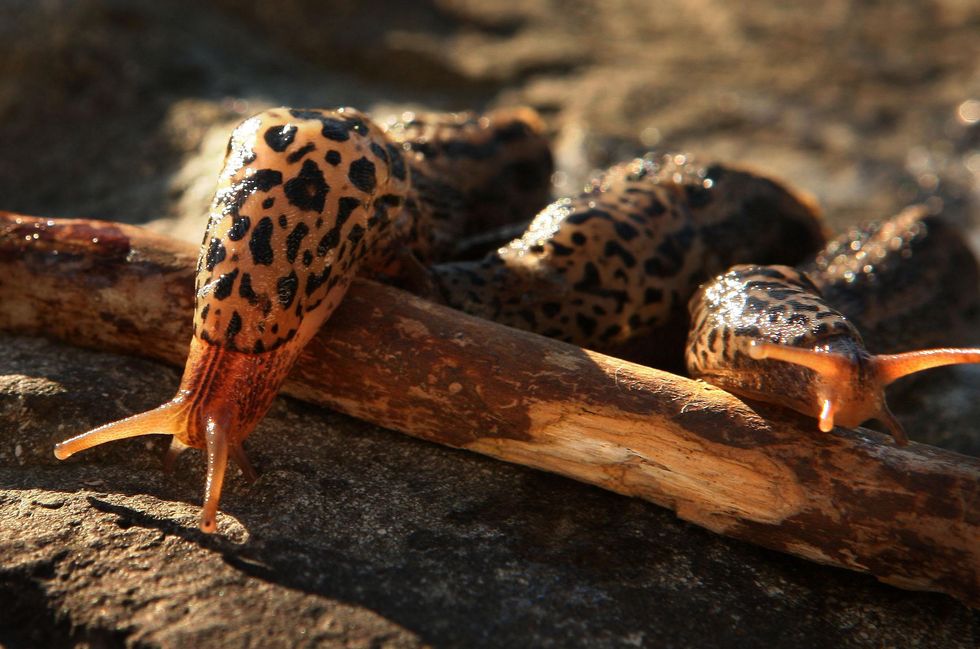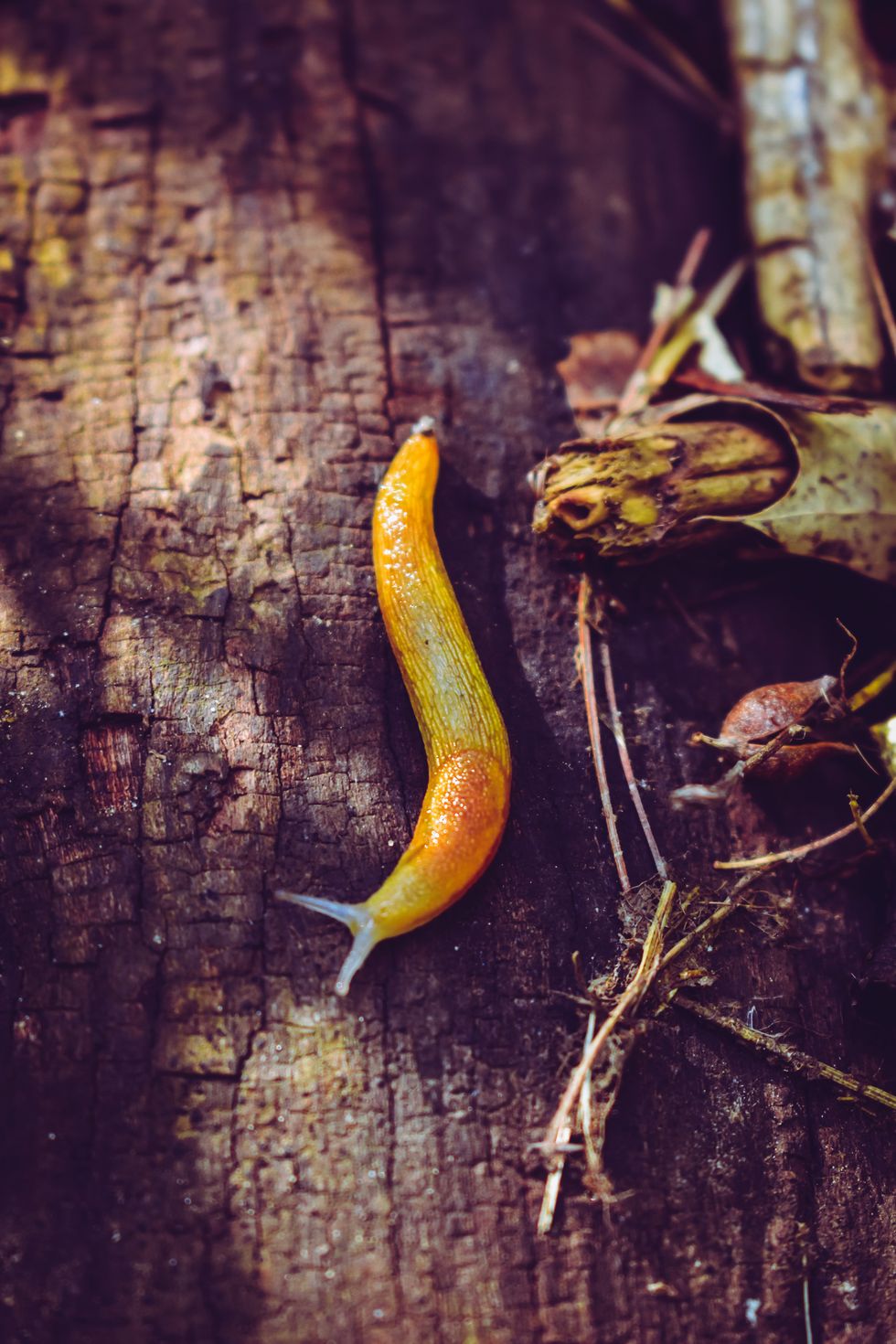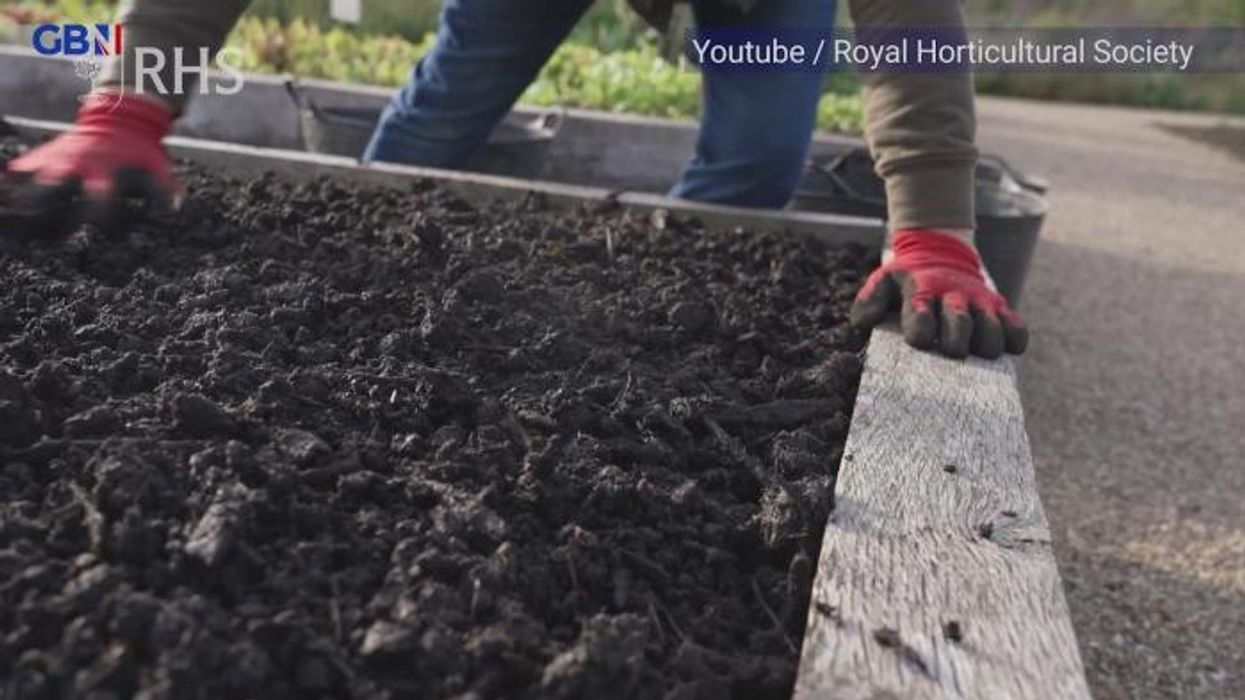Create ‘natural slug trap’ using old kitchen scraps that attract ‘large number' of molluscs

DIY slug control measures can be surprisingly effective for banishing the greedy pests
Don't Miss
Most Read
Slug populations thrive in the wet and humid conditions of winter, leading to a population boom in the spring.
Fortunately, gardening experts have set out a plethora of ways to remove the invaders before they destroy your garden, using kitchen scraps like lettuce and leftover beer.
Jamie Shipley, gardening expert and managing director at Hedges Direct, said: “Although slugs are active all year round, their activity will start to ramp up as we enter spring and conditions become warmer and damper.
“Spring can be a particularly detrimental time to have a slug problem because they will destroy new growth in your herbaceous plants and eat holes through tender leaves.”

Slugs can cause widespread destruction in the garden
| PARobert Collins, from MyJobQuote.co.uk, detailed one of the best traps for snails.
He explained: “You can create a natural trap for slugs very simply by placing something like dried cat food or old lettuce leaves in a damp, shaded area in the garden.
“This will attract a large number of slugs. As they all attend the food source, scoop them up and dispose of them in bulk.”
Another lauded solution is the beer trap, as slugs are immensely attracted to the fermentation of the beverage.
“Create a beer trap by burying half of a container near the plants that the slugs are affecting. Fill the container with beer,” explained Collins.
“Slugs are attracted to the scent of beer. They will follow the scent and fall into the trap and get stuck.”
For the best results, place a capful of beer next to the garden bed where slug activity is most significant. If you position the traps in the middle of the bed, the slugs may get distracted by other vegetation before reaching the trap.
Those with extra time on their hands could introduce a variety of repelling plants into their garden to help keep slugs at bay.
One solution is companion planting, which describes the practice of introducing greenery alongside other crops for a specific purpose.
It has become a common practice in the world of gardening to help deter unwanted visitors like slugs and rodents.
LATEST DEVELOPMENTS:

Managing slug numbers is easy to do with the right tools
| PEXELSWhen planting greenery that slugs hate next to the plants that they love, the molluscs will stay away from the area entirely.
Additional benefits of companion planting include increasing pollination and the nutritional value of crops.
According to Collins: “There are some plants that can deter slugs. This is a great way of keeping slugs away without using pesticides.
“Astrantia gives off a strong smell that can repel slugs. Some other plants that can repel slugs include rue, wormwood, anise, fennel, and rosemary.”











